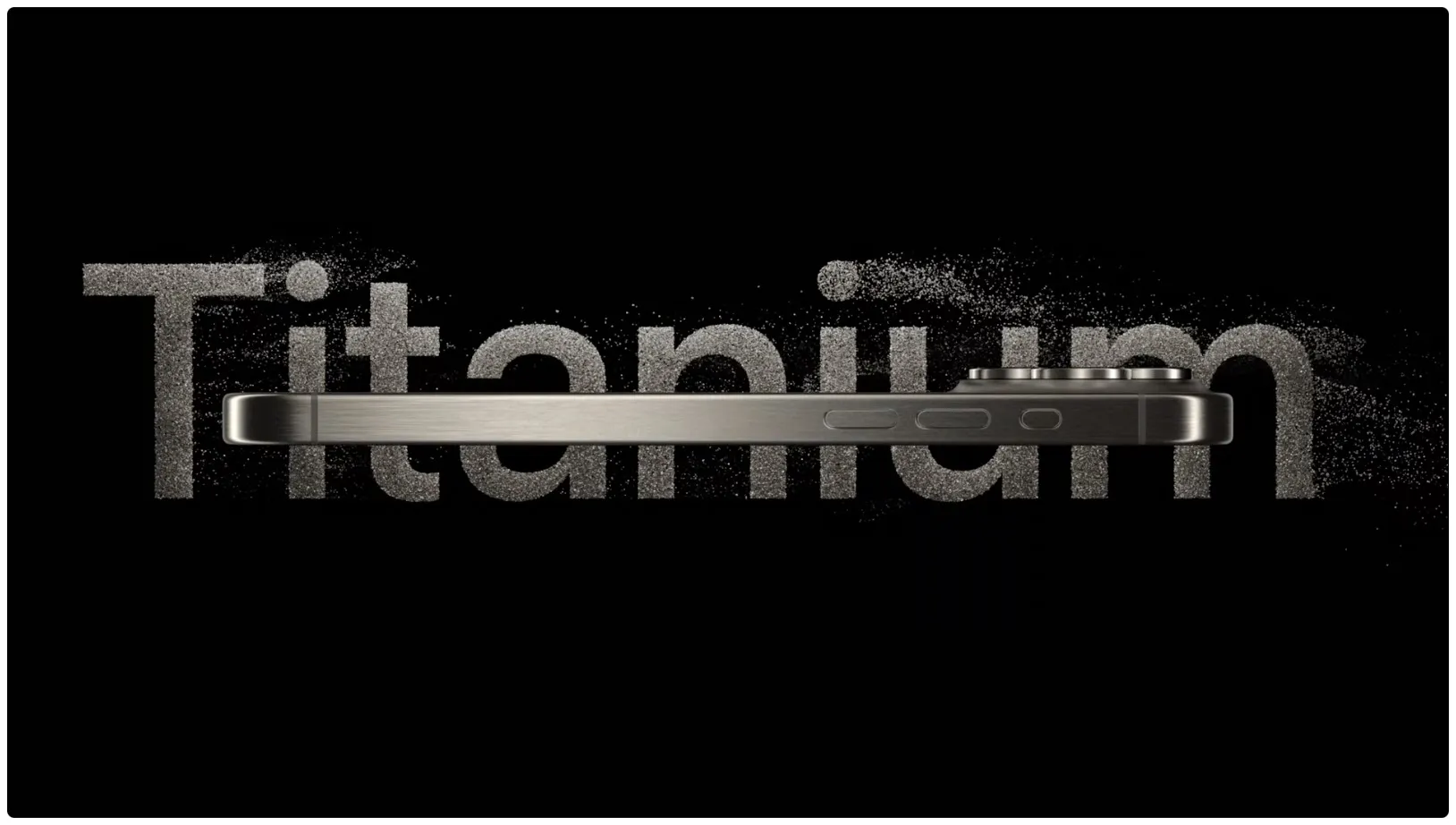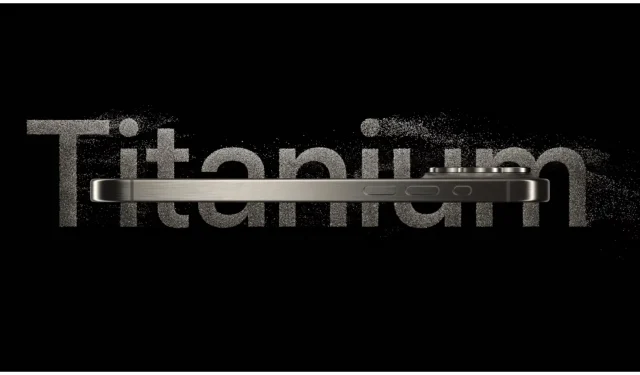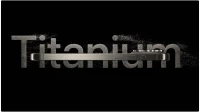Apple has admitted that some discoloration might occur on the titanium frame of the iPhone 15 Pro and iPhone 15 Pro Max—and offered cleaning advice to users.

Apple has confirmed that fingerprints might alter the color of the titanium frame on the iPhone 15 Pro and iPhone 15 Pro Max. The condition is not permanent; you can restore the original color by wiping the frame with a slightly damp cloth.
“For iPhone 15 Pro and iPhone 15 Pro Max, the oil from your skin might temporarily alter the color of the outside band,” Apple notes in a support document. “Wiping your iPhone with a soft, slightly damp, lint-free cloth will restore the original look.”
How to clean the titanium frame on the iPhone 15 Pros
The iPhone 15 Pro and iPhone 15 Pro Max come in four finishes: White Titanium, Black Titanium, Blue Titanium and Natural Titanium (titanium is silver-white).

Titanium finish on the iPhone 15 Pro
Titanium is more durable than steel but much lighter and resistant to seawater, chlorine and corrosion. The premium aerospace-grade alloy Apple uses for these phones, called Grade 5 T, is commonly used for the Mars rover. Also referred to as Ti-6Al-4V, the material is well-known for its high corrosion resistance.
The titanium frame on the iPhone 15 Pros features a brushed, matte appearance in contrast to the highly polished, mirror-like finish of the stainless steel frame on the iPhone 14 Pro models. At the very least, combining the titanium frame and brushed finish should make fingerprints, scratches and corner dents less noticeable.
To clear up all the confusion about the iPhone 15 Pro’s side rail paint “flaking off”
— System Settings (@app_settings) September 16, 2023
These “stains” are actually just fingerprints (older stainless steel iPhones catch fingerprints too)
Apple uses a PVD STT process on the Titanium. This means that the paint *cannot* come off! pic.twitter.com/evjbr7Igtf
What other titanium-clad products has Apple made?
Apple has a lot of experience with titanium, dating all the way back to the original PowerBook G4 laptop, released in 2001, that featured a titanium body. It was Apple’s first mass-scale use of titanium, though the move had some teething issues.
The paint on the original PowerBook G4 was prone to peeling around the palm rest and the hinges, revealing bare metal underneath, but later models fixed the problem. Still, more than 20 years passed until Apple used titanium in a product again.
Contemporary titanium-clad Apple gadgets include the physical Apple Card and the Apple Watch Ultra casing (titanium finishes have been available for the Apple Watch since 2019’s Apple Watch Series 5).
We’ll see whether there will be any complaints about the coating of the titanium frame on the latest iPhones scratching easily. Let’s hope not, but this is something to remember if you’re considering a titanium iPhone model.


